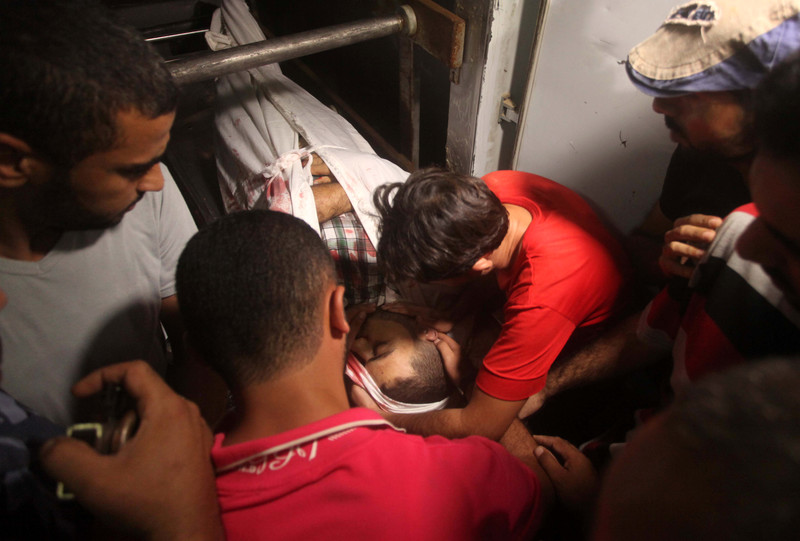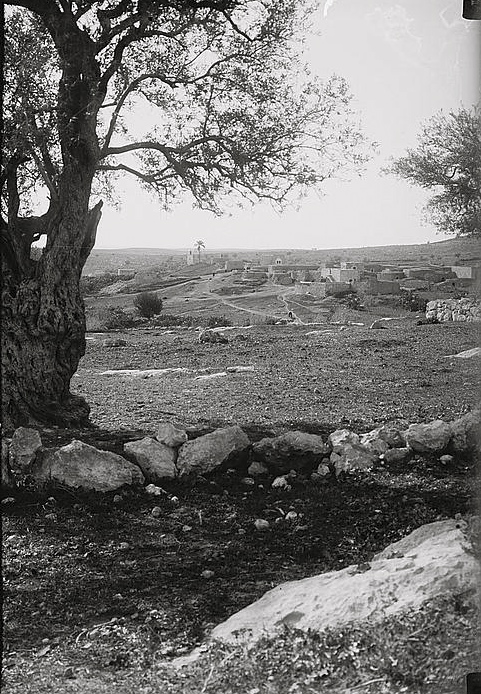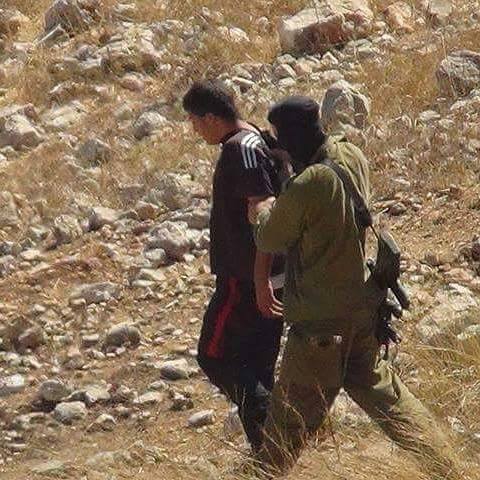Category: Journals
-
Gaza: between rebellion and sacrifice
22nd October 2015 | International Solidarity Movement, Valeria Cortés | Gaza Strip, occupied Palestine How much hopelessness, suffering, unpunished abuse, how much spilled blood can the human heart take before bursting? “All I possess in the presence of the death is fury and pride” Mahmoud Darwish Ahmed Al Sarhi was executed in cold blood yesterday…
-
Dheisheh Refugee camp: One family’s story
12th October 2015 | International Solidarity Movement, Al-Khalil team | Hebron, occupied Palestine Sun streams through the bedroom window of Amira, an elderly woman in her mid 70’s who has spent a lion’s share of her life living inside Palestinian refugee camps. Amira, who cannot speak and is completely immobile in her bed, shifts her…
-
Double standards, one rule for all – except Palestinians
27th September 2015 | International Solidarity Movement, Al-Khalil team | Nabi Saleh, occupied Palestine On the 28th of August, Mahmoud Tamimi was arrested in Nabi Saleh during the weekly non violent demonstration. Every Friday, just after the prayer, the residents demonstrate against the expansion of the illegal settlement of Halamish which has continuously confiscated Palestinian…



